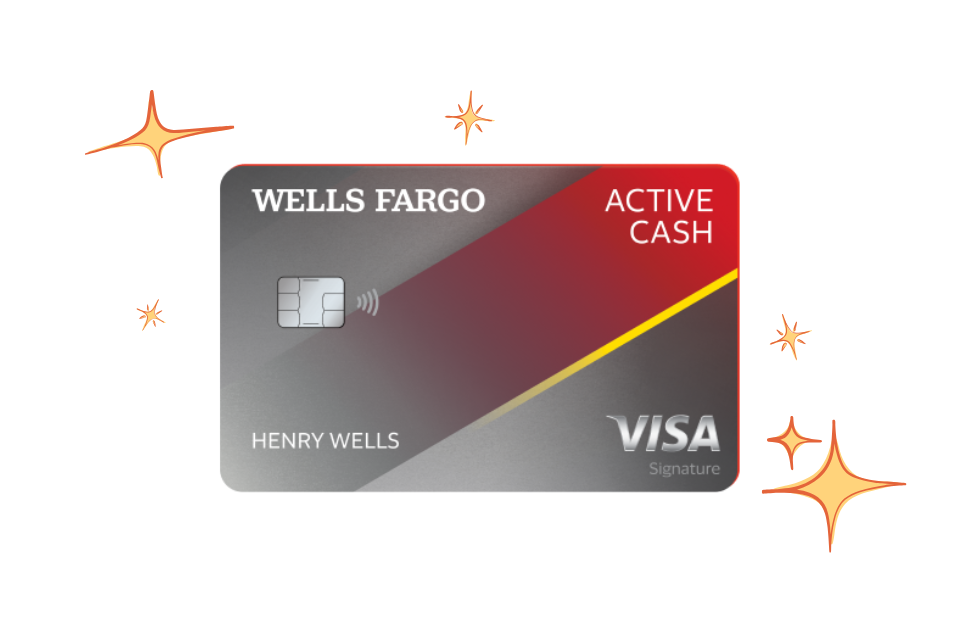Refinancing your mortgage has long been a common financial strategy for homeowners looking to reduce their interest rates, change their loan terms, or consolidate debt. As we step into 2025, many are questioning whether this approach remains beneficial amidst evolving economic conditions and interest rate fluctuations.
Mortgage refinance involves replacing your existing home loan with a new one, typically with different terms or interest rates. In 2025, with markets experiencing varied changes, homeowners must evaluate the benefits carefully.
This blog post delves into whether refinancing your home loan this year continues to present advantages for your financial landscape.
Understanding the Current Mortgage Landscape
As 2025 unfolds, the financial markets have witnessed significant shifts due to various economic factors, including inflation rates and central bank policies. These changes directly impact the mortgage industry.
Interest rates are a core component in the decision to refinance. Keeping an eye on trends and forecasts can help determine if refinancing could lead to savings.
The housing market itself also plays a role, affecting home values and the availability of favorable refinancing options. It’s crucial to assess how these dynamics affect your personal financial goals.
Benefits of Refinancing in 2025
One of the primary reasons homeowners consider refinancing is to capitalize on lower interest rates, which can significantly reduce monthly payments and overall loan costs.
Refinancing can also provide an opportunity to adjust the loan term — moving from a 30-year mortgage to a 15-year one, for example, could help build equity faster.
Additionally, refinancing might allow you to switch from an adjustable-rate mortgage (ARM) to a fixed-rate mortgage, providing more stability in monthly payments.
Potential Drawbacks to Consider
While there are benefits, refinancing isn’t free. Homeowners must consider closing costs, which can often add up to significant amounts and impact potential savings.
Extending the loan term might mean paying more in interest over the life of the loan, even if monthly payments are lowered.
It’s essential to evaluate your long-term plans. Are you planning to move in the next few years? If so, refinancing may not be worthwhile due to the time needed to break even on the costs involved.
Key Factors to Evaluate
Your credit score remains a vital part of the refinancing equation. A higher score can help secure better terms and lower rates.
Consider the loan-to-value ratio; the more equity you own, the more favorable the refinance terms can be.
Furthermore, evaluate your overall financial situation. Assess your current debt, income stability, and how a new mortgage will fit into your broader financial goals.
The Process of Refinancing
Once you’ve weighed the benefits and drawbacks, understanding the refinancing process is crucial. Start with gathering necessary documentation, such as income statements and credit reports.
Approach multiple lenders to compare offerings and get prequalified. This step can help determine the most beneficial terms available to you.
Lock in your new rate through your chosen lender, complete the required paperwork, and prepare for closing.
Alternatives to Refinancing
If refinancing isn’t the right choice or feasible, consider other financial moves, such as making additional payments to reduce principal faster.
Exploring home equity lines of credit (HELOCs) might also provide necessary cash flow without the commitment of refinancing.
Budget restructuring or debt consolidation strategies might also offer paths to financial improvement without changing your home loan.
Final Thoughts
Deciding whether to refinance your mortgage in 2025 necessitates a careful evaluation of your personal financial scenario, market conditions, and long-term goals.
Engaging with a financial advisor could provide insight tailored to your situation, ensuring you make the most informed decision.
Ultimately, refinancing can offer substantial savings and financial restructuring opportunities, but only when approached with the right information and preparation.
See this posts:
The Entrepreneur’s Essential Tool: Why a US Business Credit Card is Key to Untangling Your Finances
The Secret Sauce Behind Your US Credit Score: What Really Moves the Needle (and Your FICO Number)










